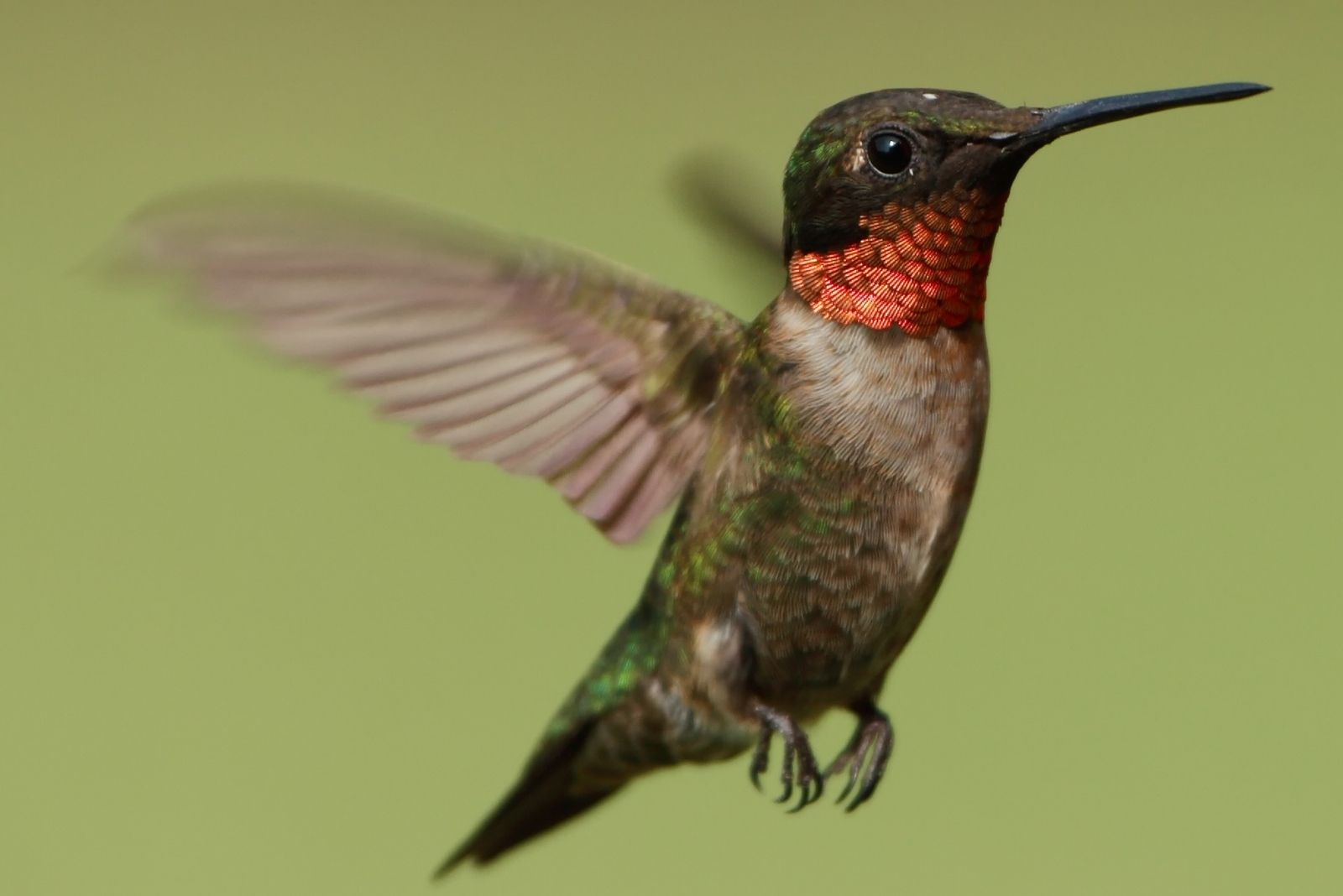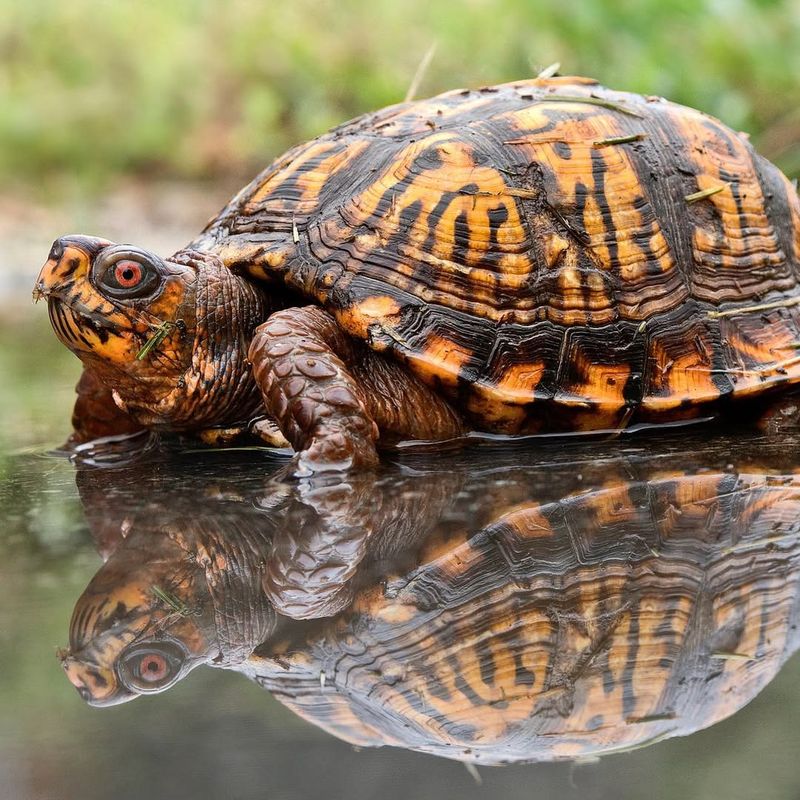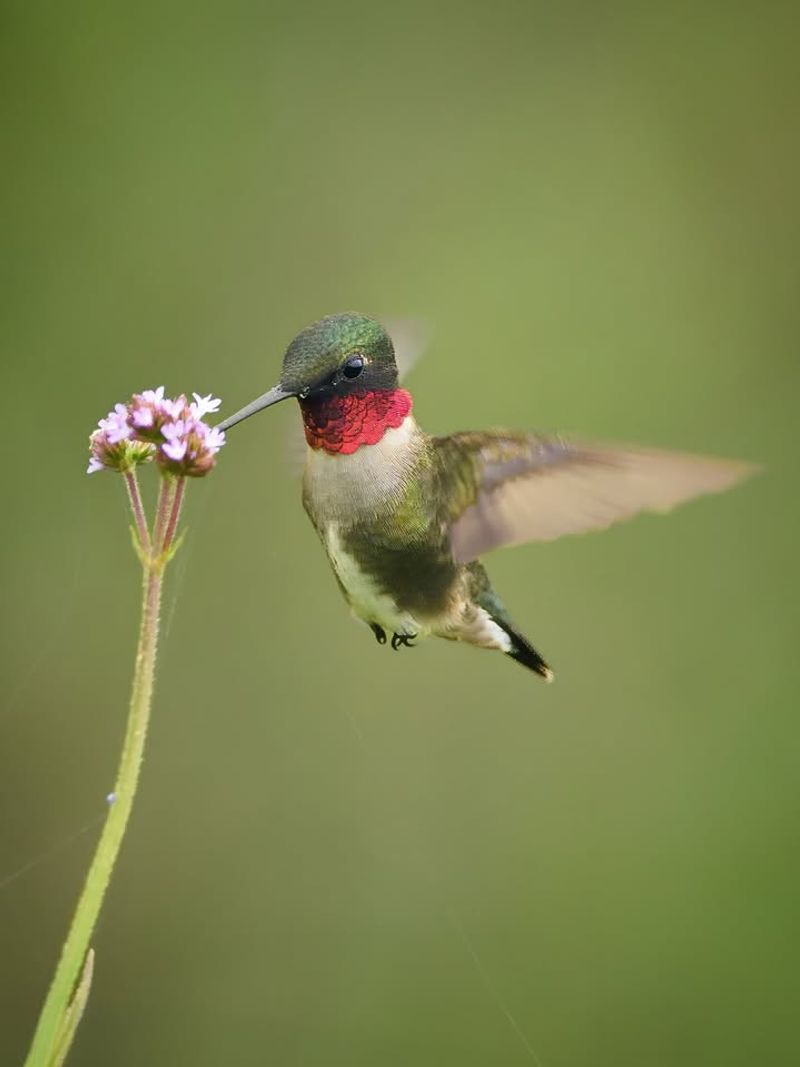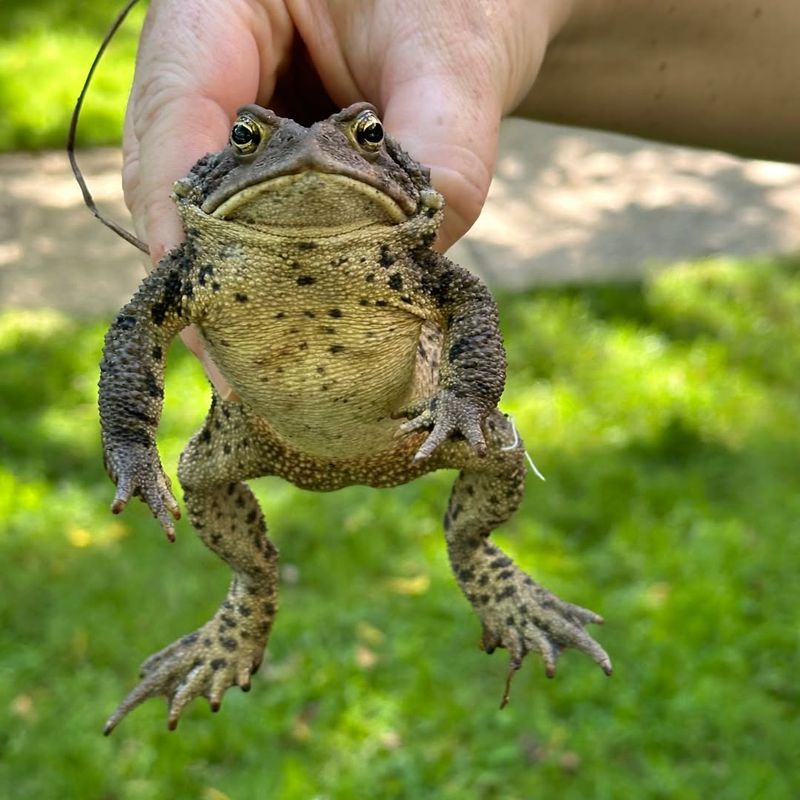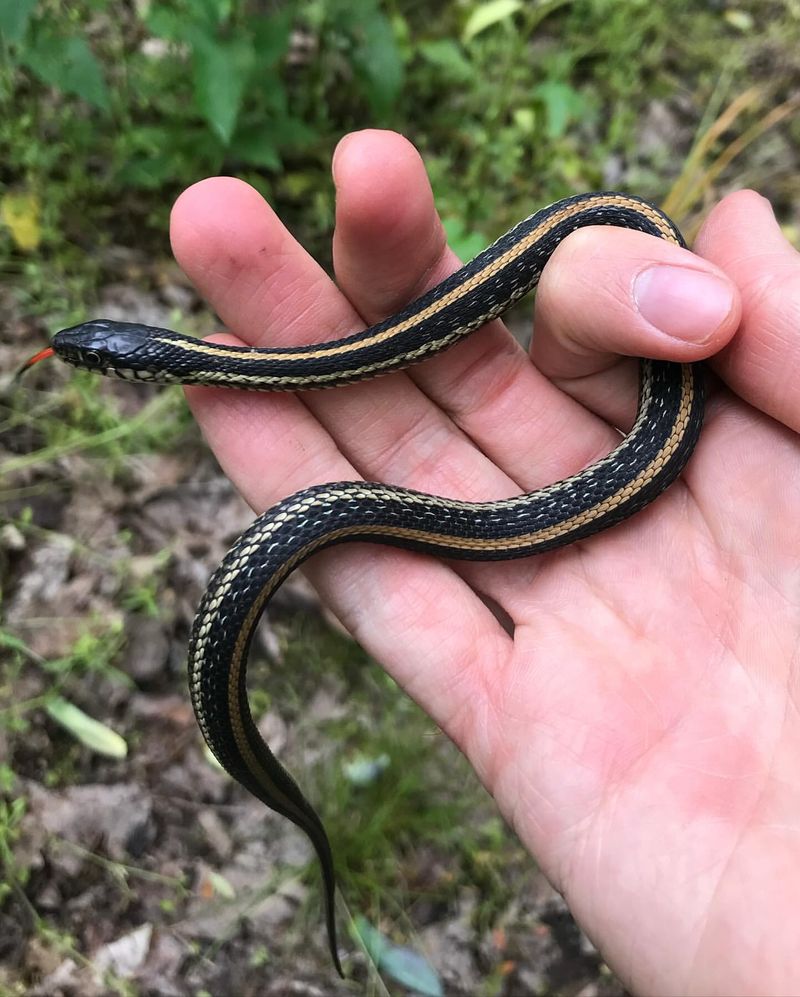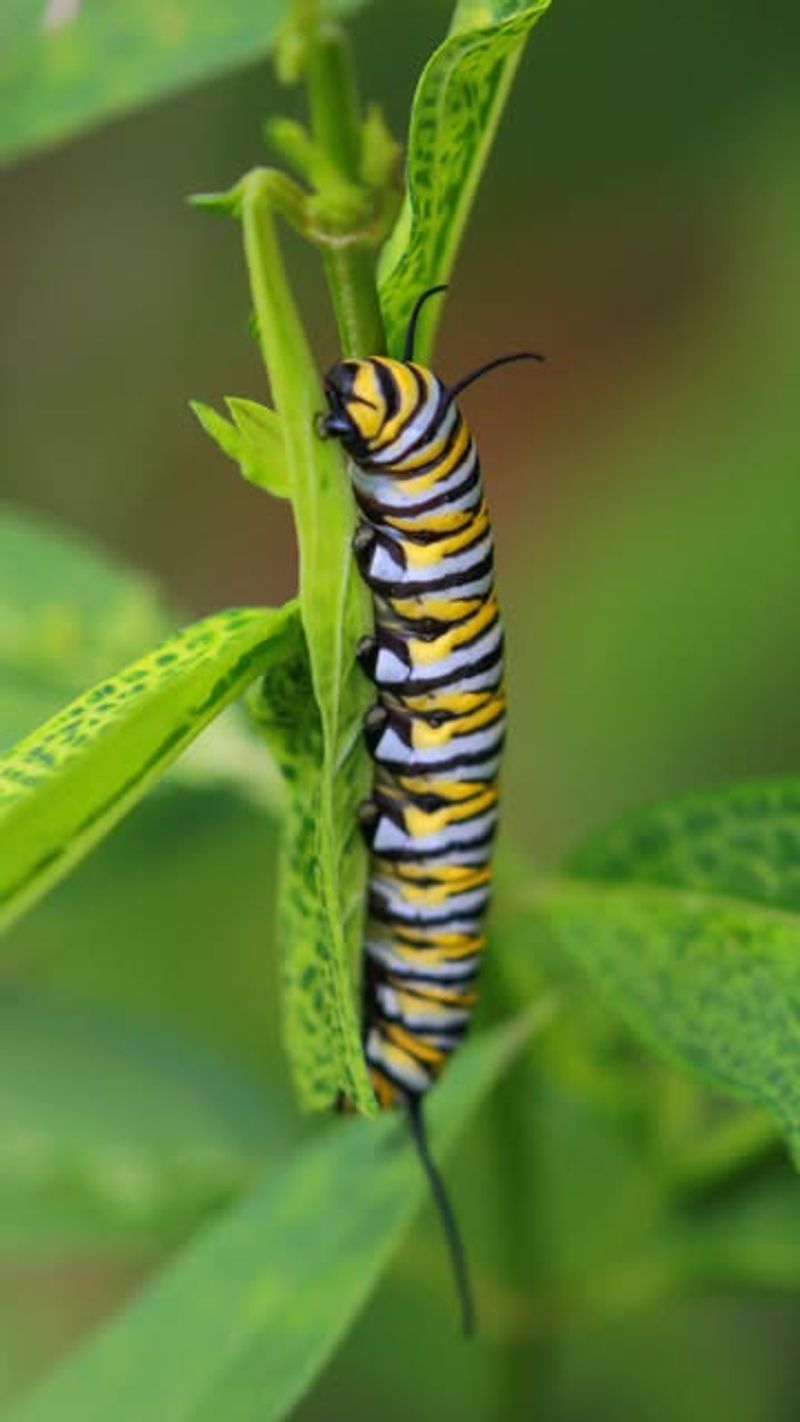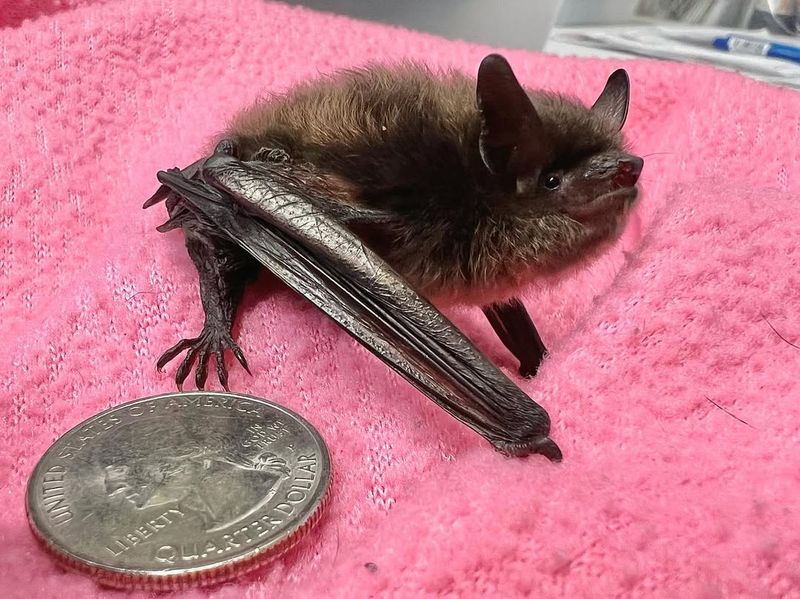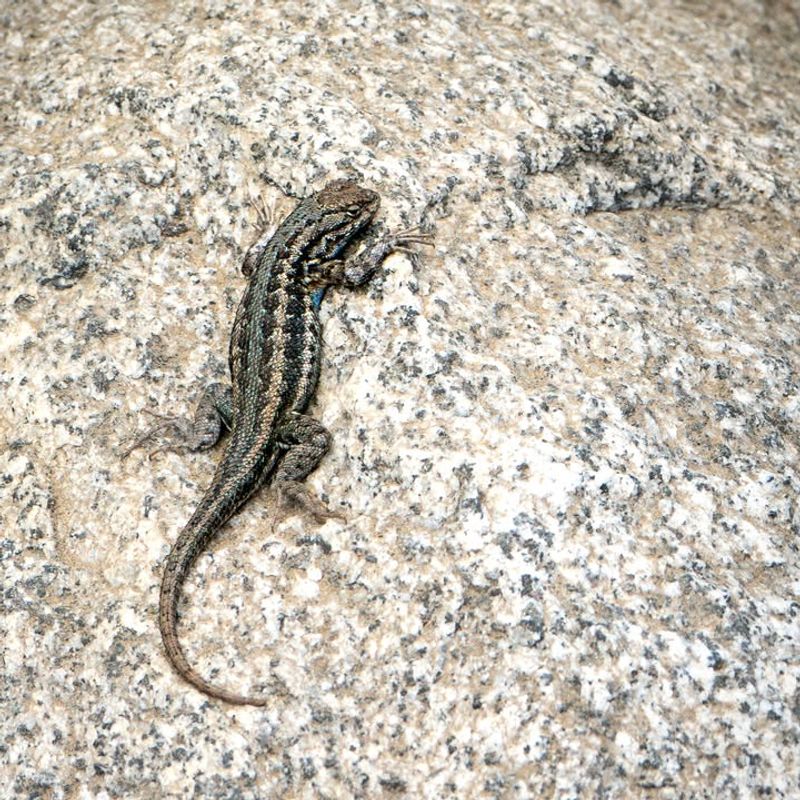Missouri homeowners who love spending time in their gardens might be surprised to learn that certain creatures are legally off-limits for removal. State and federal laws protect these animals because of their ecological importance, endangered status, or role in keeping our local ecosystems balanced.
Understanding which garden visitors you must leave alone helps you stay within the law while supporting the natural world right outside your door.
1. Eastern Box Turtle
Spotting one of these slow-moving reptiles wandering through your flower beds is actually a special moment. Missouri law classifies them as protected, meaning you cannot capture, relocate, or harm them in any way.
They help control insect populations by munching on beetles, slugs, and other garden pests that damage plants. Their presence indicates a healthy, balanced garden ecosystem where wildlife can thrive naturally.
If you find one near your tomatoes or hostas, simply let it be. These gentle wanderers have likely called your neighborhood home for decades, and they deserve our respect and protection.
2. Ruby-Throated Hummingbird
Federal law protects all native bird species, including this tiny pollinator that visits Missouri gardens every spring and summer. Harming, capturing, or disturbing their nests can result in serious legal consequences under the Migratory Bird Treaty Act.
These amazing fliers pollinate native flowers while feeding on nectar, helping your garden produce more blooms and fruit. In my own Missouri backyard, I’ve noticed how they favor bee balm, salvia, and trumpet vine.
Planting red and orange tubular flowers encourages them to visit regularly. Their presence means your garden supports a healthy food web that benefits countless other species.
3. American Toad
I used to think these bumpy visitors were just ordinary backyard guests until I learned they’re protected under Missouri wildlife regulations. Removing or killing them violates state conservation laws designed to preserve amphibian populations.
They’re incredibly beneficial for gardeners because they consume hundreds of insects each night, including mosquitoes, beetles, and cutworms that attack vegetable plants. A single toad can eat thousands of pests during one growing season.
Providing shallow water dishes and leaving some leaf litter creates perfect habitat. Their nighttime hunting keeps your garden healthier without any chemicals or effort on your part.
4. Garter Snake
Many Missouri homeowners panic when they spot a snake near their pepper plants, but these harmless reptiles are actually protected and incredibly helpful. State law prohibits killing or relocating most native snake species, including this common garden resident.
They control rodent and slug populations that would otherwise destroy your vegetables and ornamental plants. Watching one glide through my raised beds reminds me how nature manages pests better than any store-bought solution.
If you encounter one, give it space and let it continue its work. These quiet hunters keep your garden balanced and productive throughout the growing season.
5. Monarch Butterfly (Caterpillar Stage)
Finding these striped caterpillars munching on milkweed in your garden means you’re supporting a species that’s legally protected in several contexts. While not explicitly listed under Missouri state law, federal guidelines and conservation efforts strongly protect monarchs during their migration through our region.
They only eat milkweed plants, which many gardeners now intentionally grow to support declining monarch populations. Their transformation into butterflies helps pollinate flowers and vegetables across your entire property.
Removing them or destroying milkweed disrupts critical breeding habitat. Instead, celebrate their presence as a sign your garden contributes to an important conservation effort.
6. Little Brown Bat
These tiny mammals swoop through Missouri gardens at dusk, and they’re protected under both state and federal endangered species regulations. White-nose syndrome has devastated bat populations, making it illegal to harm, capture, or disturb them.
A single bat devours thousands of mosquitoes and moths each night, including those that lay eggs on cabbage and other garden crops. Their natural pest control saves gardeners from constant battles with flying insects.
If bats roost near your property, consider it free, organic pest management. Installing bat houses encourages them to stick around and keep your outdoor spaces more comfortable all summer long.
7. Northern Fence Lizard
Sunbathing on rocks or fence posts near your garden beds, these small reptiles are protected under Missouri’s wildlife code. Capturing or killing them violates regulations meant to preserve native reptile diversity across the state.
They feast on spiders, ants, and various insects that can become garden nuisances if left unchecked. In my experience, having a few of these lizards around means fewer aphids and beetles damaging my squash and bean plants.
Creating sunny spots with rocks or logs gives them ideal basking areas. Their quiet presence contributes to a naturally balanced garden where wildlife and plants coexist peacefully and productively.

